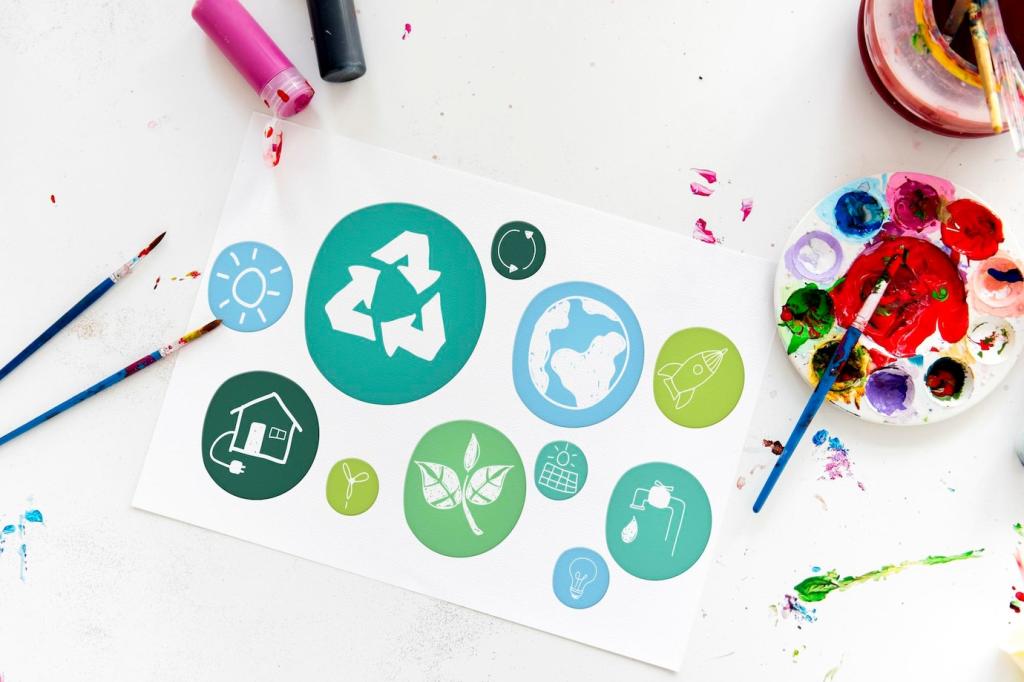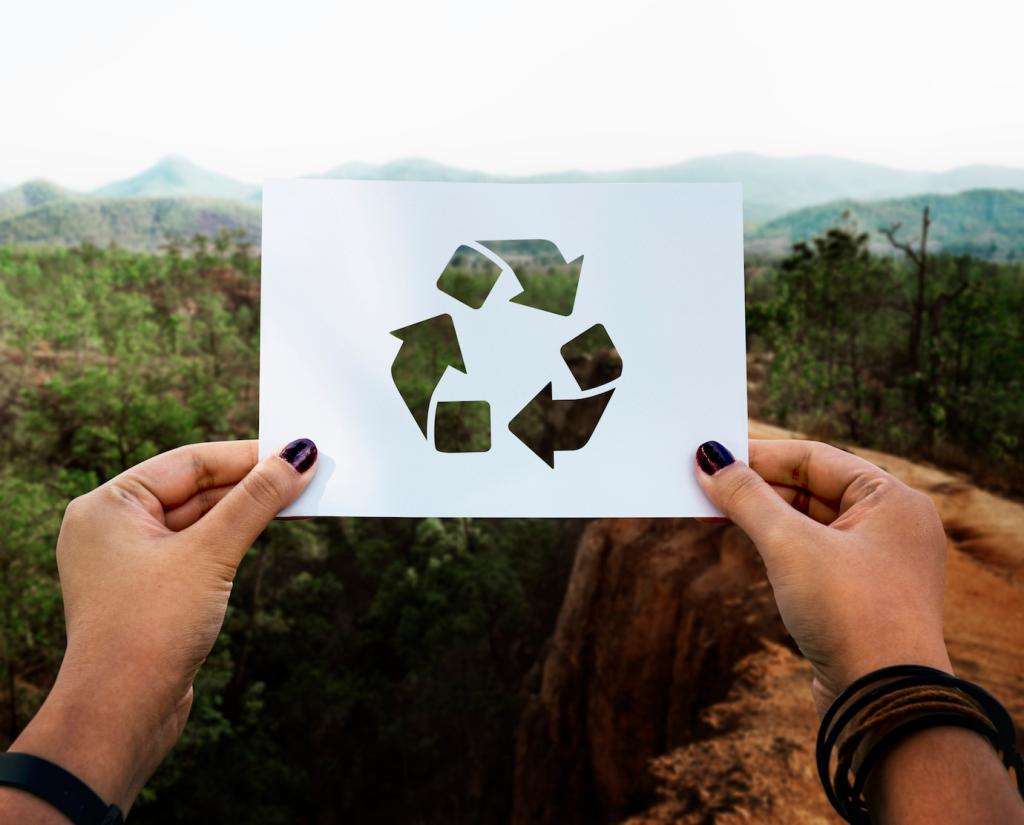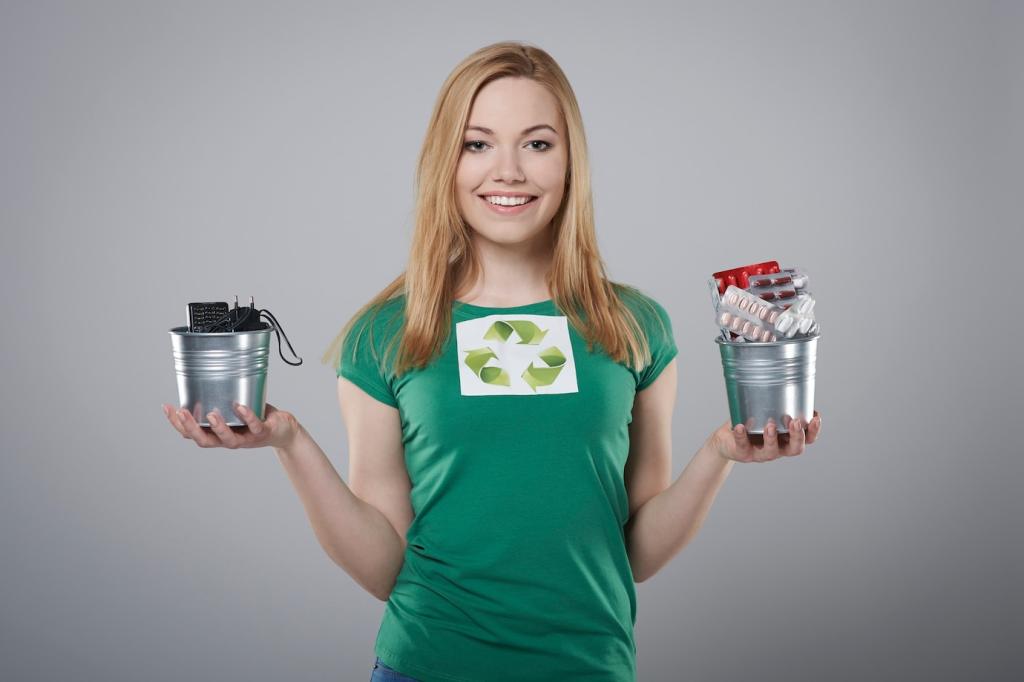Fresh Fabrics, Safer Homes: Non-Toxic Upholstery Cleaning Techniques
Chosen theme: Non-Toxic Upholstery Cleaning Techniques. Breathe easier with gentle, effective methods that respect your health, your furniture, and the planet. Explore practical steps, science-backed tips, and real-life stories—and subscribe for weekly non-toxic care rituals that actually fit busy lives.
Know Your Fabric: Safe Choices Start with Codes and Fibers
Decoding W, S, WS, and X Without Harsh Chemicals
Check the tag: W means water-based cleaners; S prefers solvents; WS allows both; X is vacuum-only. With non-toxic care, W and WS fabrics welcome mild soap foams, while S and X benefit from careful dry methods or green-certified pros.
Patch Testing Ritual for Peace of Mind
Always test under a cushion or along a seam. Apply a coin-sized amount, blot gently, and let it dry completely. Check color, texture, and sheen in daylight. This tiny pause prevents big regrets and keeps your wellness-first approach intact.
Colorfastness and pH: Keeping Fabrics Calm
Dyes can shift when pH strays too far. Most upholstery prefers mild solutions around neutral. Vinegar is acidic and helpful sometimes, but not for every fabric. When uncertain, default to distilled water and a drop of gentle castile soap.
The Non-Toxic Upholstery Cleaning Kit
Baking soda neutralizes odors and gently lifts oils. A few drops of unscented castile soap create stable, low-tox foam for W and WS fabrics. White vinegar can help with mineral residues, but never mix it with hydrogen peroxide or bleach.

Spot and Stain Strategies Without Toxins
Blot from the edges inward with a clean, white cloth to prevent spreading. Rubbing drives soil deeper and distorts fibers. A light spritz of distilled water can loosen residues, but avoid soaking. Always finish by gently lifting moisture with towels.
Spot and Stain Strategies Without Toxins
Plant-based enzyme cleaners target proteins and starches. Let them dwell according to label directions, then blot thoroughly. Avoid hot water, which can set protein stains. For delicate fabrics, use minimal moisture and test enzymes before broader application.


Dry-Foam Technique for W and WS Fabrics
Whip a small amount of castile soap with distilled water until you have stable foam. Apply only the foam, not liquid, using a soft brush in short passes. Wipe with a slightly damp cloth and dry quickly with a fan to prevent water rings.
Low-Moisture Extraction with Minimal Ingredients
If you use a home extractor, fill with distilled water and a tiny drop of unscented soap. Make slow, overlapping passes and then extra dry passes. The goal is to remove soil while leaving almost no residue and minimal moisture behind.
When to Call a Green-Certified Professional
For S-coded or heirloom fabrics, seek technicians using third-party certified, low-tox processes. Ask about pH, ventilation, and residue. A quick call can save a sofa—and your weekend. Share your questions in the comments so our community can help.
Sprinkle a light, even layer of baking soda, working it into seams. Let it rest for several hours or overnight. Vacuum slowly using a HEPA machine. Repeat monthly, and tell us your results—especially if pets or teens dominate your living room.
Odor Control and Allergen Reduction, Naturally
Open windows for cross-breezes and place a fan to speed drying. Brief indirect sunlight helps, but prevent fading with curtains. Keep humidity around forty to fifty percent to discourage mustiness. Share your climate hacks so others can adapt locally.
Odor Control and Allergen Reduction, Naturally
Sustainable Habits That Keep Sofas Looking New
A Monthly Routine That Protects Fabric and Planet
Vacuum seams weekly, deodorize monthly, spot-treat immediately, and deep clean seasonally. Rotate cushions to spread wear. These small acts prevent big messes and reduce the need for strong products. What cadence works for you? Tell us below.

